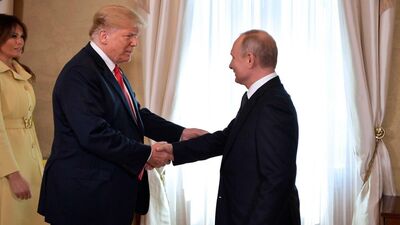„China, already concerned about India's growing strength and its desire to play a greater role in Asia, is even less enthused about the burgeoning strategic partnership between Delhi and Washington. While Beijing has learned to live with American forces on its eastern periphery, the possibility of an intimate U.S.-India military relationship has generated fears of encirclement. The ongoing Sino-Indian border dispute, as well as India's position astride China's key maritime shipping lanes, has made the prospect of a Washington-Delhi axis appear particularly troubling.
India likewise feels encircled by China's so-called string of pearls — a series of Chinese-built, ostensibly commercial port facilities in the Bay of Bengal, Indian Ocean and Arabian Sea. Beijing's military ties to Pakistan, interference in the Kashmir dispute and references to Arunachal Pradesh, an Indian state, as Southern Tibet have done little to reassure New Delhi of Chinese intentions. The rapid growth of China's conventional military might in recent years—between 2000 and 2009, China's military spending more than tripled—and the lack of clarity as to its intentions, has spurred India to pursue its own military modernization.
These shifts in India's and China's nuclear force postures thus represent only the latest and most serious efforts to constrain and convey dissatisfaction with the other's perceived regional ambitions. But they are more troubling than conventional redeployments.”





















